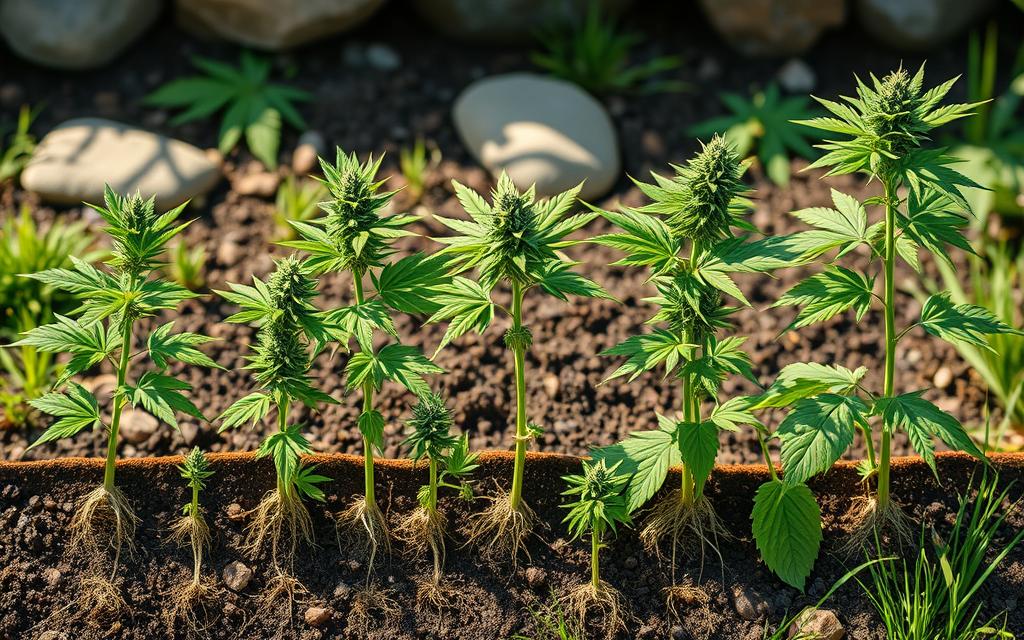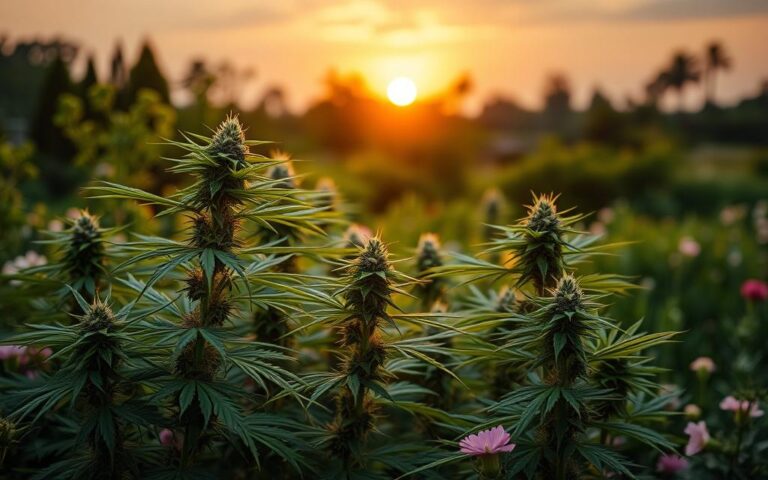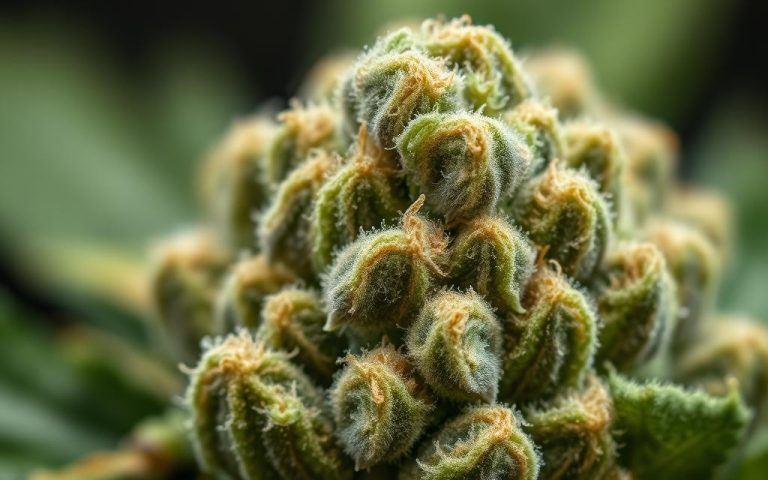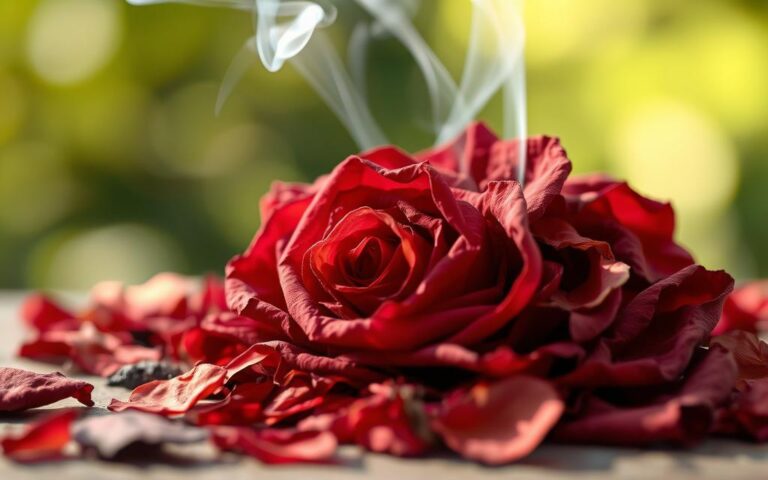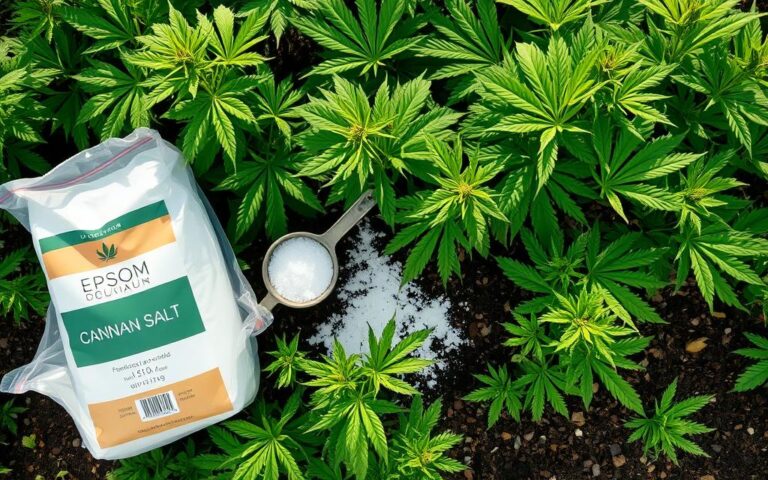Are Cannabis Plants Perennial or Annual?
Many people talk about whether cannabis plants are perennial or annual. Let’s settle this debate. We’ll look into their life cycle and why it matters. Cannabis is known for its health and fun uses. It comes mainly from the Cannabis sativa and Cannabis indica types. There’s a lot of talk, but also some confusion, about how they grow.
Perennial plants live and bloom over many years. They come back each season, sometimes for centuries. Most cannabis types, however, complete their life in one to two years. This makes them annual plants. It’s important to know this difference if you’re into growing or using cannabis responsibly.
We’re going to explore how cannabis plants grow, their life stages, and what affects them. If you’re keen to know more about cannabis culture, click here
Understanding Perennial and Annual Plants
In the world of gardening, it’s crucial to know the difference between perennial and annual plants. This understanding helps gardeners choose the right plants for their gardens. Each type has its unique growth cycle and lifespan.
Definition of Perennial Plants
Perennial plants come back year after year from the same roots. They can live for more than two years. Their deep roots help them survive in various weather conditions. They can find water and food even during dry spells. Because of this, they are important for wildlife and can live for hundreds of years.
Characteristics of Annual Plants
Annual plants live just for one season. They grow from seeds, bloom, produce more seeds, and then die. This life cycle makes them adapt quickly. This is essential for their growth and making more seeds.
For instance, Cannabis is an annual plant that grows fast. It completes its life in four to ten months. Cannabis goes through germination, seedling, vegetative, and flowering stages quickly. Their rapid growth shows how annual plants adapt to survive.
Life Cycle of Cannabis Plants
The life cycle of cannabis plants is quite amazing. It divides into several key stages. Every stage is important for the plant’s health and productivity. The environment greatly affects each phase. Knowing these stages allows growers to ensure the plants flourish.
Stages of Cannabis Growth
Cannabis goes through different phases from germination to flowering, then harvesting. Here are the stages:
- Germination: This takes 3 to 10 days. Seeds absorb water and start forming a taproot.
- Seedling: Lasting 2 to 3 weeks, seedlings show true leaves and start photosynthesis.
- Vegetative Phase: Going on for 3 to 16 weeks, the plant grows fast in height and roots, getting ready to flower.
- Flowering Phase: This critical 8 to 16-week period sees hormonal changes and bud development, high in cannabinoids.
The Impact of Environment on Growth
The success of growing cannabis deeply relies on the environment. Light, temperature, humidity, and soil impact growth and yield. For instance, plants in the vegetative stage need about 16-18 hours of light indoors. Those grown outdoors require at least 6 hours of sunlight.
Creating the right growing conditions is crucial for high yield and quality. Changing light cycles benefits the flowering stage. Using the right nutrients promotes healthy growth. Skilled growers focus on each phase to boost cannabinoid production.
| Growth Stage | Duration | Key Characteristics |
|---|---|---|
| Germination | 3 – 10 days | Seed absorbs water, taproot develops. |
| Seedling | 2 – 3 weeks | First true leaves appear; photosynthesis begins. |
| Vegetative | 3 – 16 weeks | Significant growth, increased biomass, and root development. |
| Flowering | 8 – 16 weeks | Buds develop; hormonal changes occur. |
Are Cannabis Plants Perennial?
The way we classify cannabis can be a bit tricky because these plants have some special traits. Even though they can grow back from the same roots, showing perennial characteristics, they are usually seen as annual or biennial. Knowing this helps with choosing how to grow them and getting the most yield.
Cannabis as an Annual or Biennial
Cannabis plants typically finish their life cycle within one or two years, reacting to the changing seasons that stimulate their growth and reproduction. In the north, they don’t last year after year. So, you need to get new seeds every year. For example, people in Minnesota can grow up to eight plants at home but have to follow rules about how big the plants can get and keeping them out of sight.
When looking after these plants, paying special attention during the growing phase is important. Each mature plant needs 3-5 gallons of soil to do well. Growing them indoors is great because it stops them from pollinating and lets you control the temperature and other things that affect their growth.
Knowing how to spot and get rid of male plants is key to getting more THC from the females. Using certain methods during the growing phase can really boost bud production later on. For those who want to keep their plants going longer for cloning, trying revegging might work, but it’s best for those with more experience. If you’re interested in learning more about keeping your plants healthy, especially how to deal with dead leaves, there’s plenty of information out there.
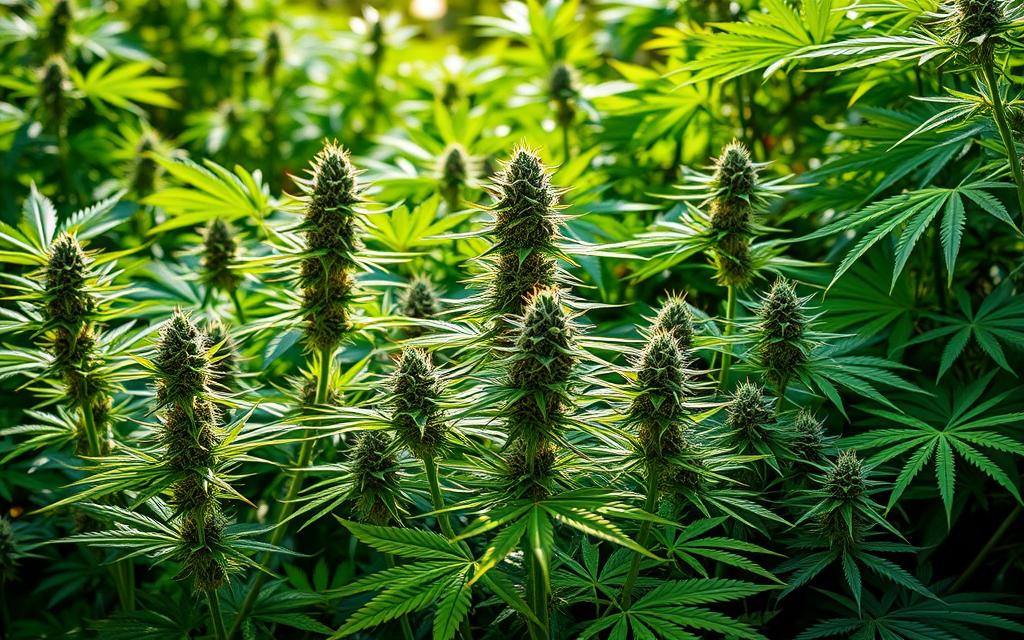
Debunking Common Myths about Cannabis
Let’s take a closer look at common cannabis myths. One popular belief is that cannabis can grow forever. People often think it can come back every year without fail. The truth is, its growth depends on environmental conditions, not on being perennial.
Misconceptions Regarding Perennial Cannabis
Many think cannabis is a perennial plant, but it’s usually annual or biennial. Its growth mainly depends on the seasons and environment. Some strains might come back because they adapt well, not because they naturally last forever. This misconception could make growing cannabis harder than it needs to be.
The Role of Cloning
Cloning is key in cannabis growing today. It helps producers keep the traits they want. By cloning, they get identical plants without the unpredictability of seeds. This method makes sure crops are stable and predictable, benefiting growers. However, cloning doesn’t change cannabis’s basic annual or biennial nature. It just makes growing it more efficient.
| Misinformation | Truth |
|---|---|
| Cannabis is a perennial plant. | Cannabis is primarily annual or biennial. |
| Cloning eliminates the need for natural reproduction. | Cloning preserves traits while still relying on annual cycles. |
| Cannabis can grow indefinitely without limits. | Cannabis depends on environmental conditions for growth. |
| All cannabis strains can resprout year after year. | Only certain strains may return based on conditions. |
Conclusion
When we look into how cannabis plants are classified, we see they share traits with perennials. Yet, they are mainly seen as annuals or biennials. This classification is key for those growing cannabis. It shapes how they plan their growth and get results.
The life cycle of cannabis lasts about six months, starting with germination in spring. During this time, the environment plays a big part in how the plants grow. Female plants take around two months to develop their flowers. Meanwhile, male plants might flower several times from late summer to early autumn. This shows how crucial it is to provide the best conditions for growth to get good yields.
It’s also important to clear up any wrong ideas about cannabis. Thanks to farm innovations like cloning, growers can reach their full potential. They also get to understand what makes cannabis stand out in the plant world. To learn more about cannabis, its history, and its uses, check out this detailed resource.

